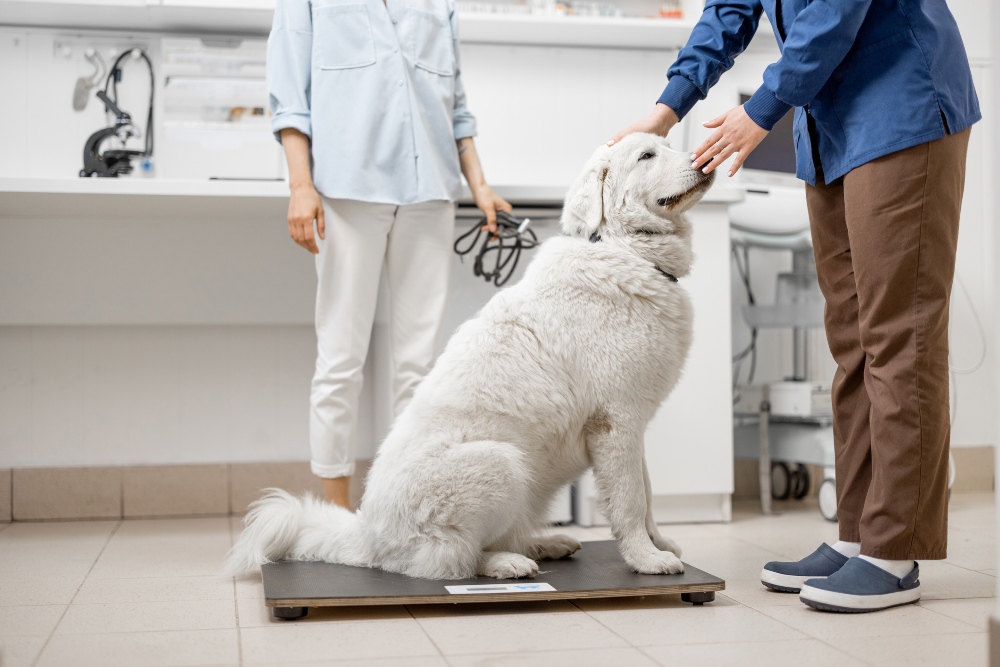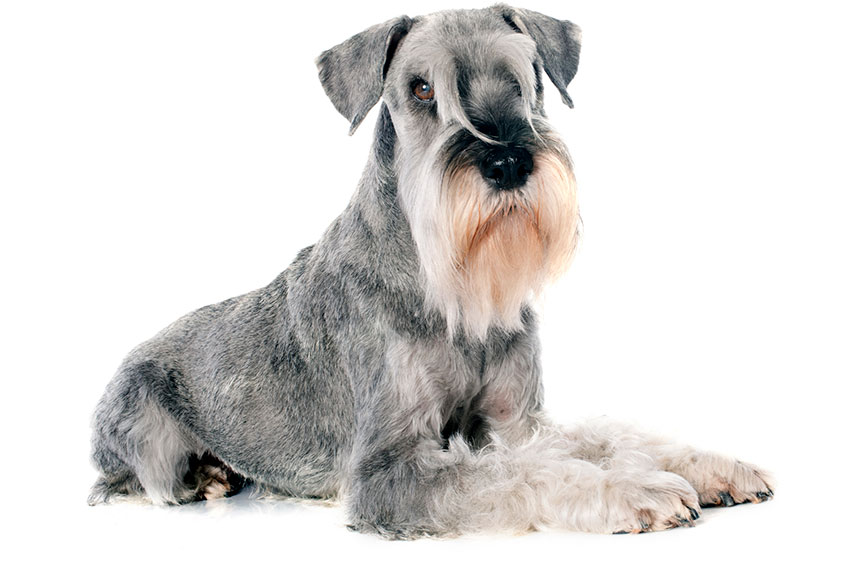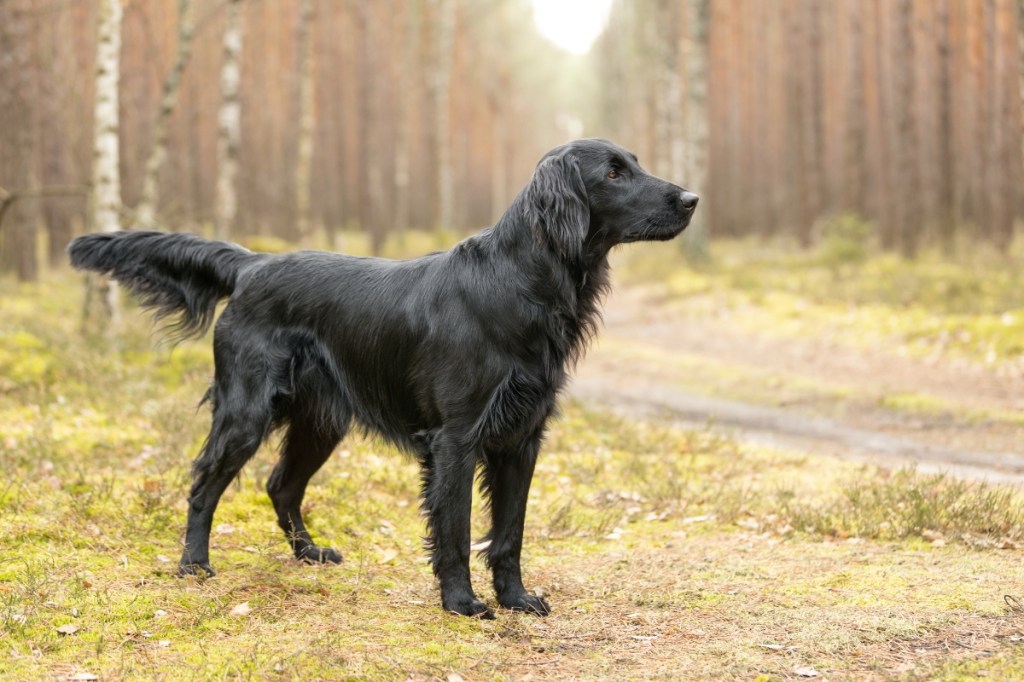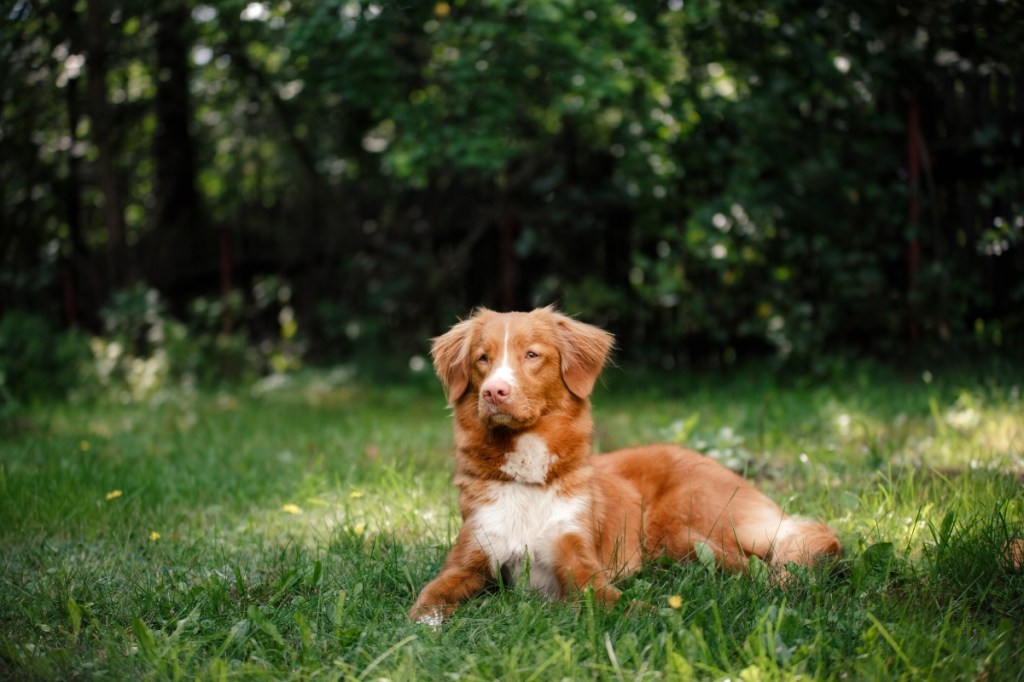Table of Contents
Good physical health is key to a dog living a happy and fun-filled life, with energy to spare. But being overweight can throw a heavy wrench into the fun and games.
How can you tell if your dog is overweight, and what can you do about it?
Before you start searching for those extra pounds on your dog, let’s first explain the issue of overweight dogs. Then we’ll talk about how you can recognize if your dog is overweight and what you can do to help your dog lose the weight and keep it off.
What is “Overweight” for a Dog?
For dogs, overweight is defined as being 10 to 20% above ideal body weight. A dog is obese when they are at least 20% above their ideal body weight.
Many dogs in the United States weigh more than they should. According to the 2018 survey by the Association for Pet Obesity Prevention, 56% of dogs are either overweight or obese. So the problem of excess pounds in dogs is big (no pun intended).
How Do Dogs Become Overweight?
Overweight dogs typically get that way by eating more calories than they’re burning off. For example, pet parents may pour too much into the food bowl or go extra-heavy on the treats. Even for dogs with a healthy diet, a sedentary lifestyle without much exercise will eventually lead to weight gain.
Other reasons for excess weight gain are water retention and metabolic conditions, such as hypothyroidism.
What Are the Health Risks Associated with Being Overweight?
Overweight dogs are at risk for a variety of health problems, such as those listed below:
- Diabetes
- Joint problems
- Heart disease
- Bladder stones
- Cancer
- High blood pressure
Interestingly, fat tissue is biologically active, secreting inflammatory hormones that can negatively affect a dog’s health.
Carrying around excess weight can also shorten a dog’s lifespan.
How Do I Know If My Dog is Overweight?
We see so many images of overweight dogs that it can be hard to know what a healthy body weight looks like for dogs. Fortunately, you can do several easy at-home assessments to tell if your dog is overweight. These assessments involve observing your dog’s physical appearance and behavior.
Physical appearance
- Look from above. Take a bird’s eye view of your dog’s body. When you look down, you should see a clearly defined waist. If your dog has a round body with no defined waist, he’s probably overweight.
- Look from the side. When a dog is at their ideal body weight, their waist is tucked up, coming up from the ribs. A dog with a sagging waist and belly is overweight.
- Feel for fat pads. Overweight dogs tend to have fat pads at the tops of their hips or in between their legs.
- Feel for the ribs. You should be able to see and feel your dog’s ribs easily. If your dog is overweight, his ribs will be hidden under the extra fat.
Behavior
- Watch your dog move. Extra pounds make it more difficult for an overweight dog to move around.
- Observe your dog’s breathing. An overweight dog can quickly become out of breath when walking because of the extra effort needed to move.
If these assessments have you concerned that your dog is overweight, take your dog to your veterinarian. Your veterinarian will weigh your dog and determine your dog’s body condition score (BCS). The BCS is a tool to indicate whether a dog is at an ideal body weight, overweight, or obese. A score of 6/9 or above indicates that a dog is overweight or obese.
What Do I Do If My Dog Is Overweight?
It’s common for dog parents to feel guilty that their dog is overweight. Don’t worry, though. Your veterinarian isn’t secretly judging you about your dog’s weight. They understand how you’re feeling and will work with you to develop a practical weight loss plan for your dog, which will involve dietary changes, exercise, and regular weigh-ins.
Your veterinarian will use your dog’s current body weight to determine a daily caloric amount for gradual weight loss (1 to 5 pounds per month). They will also consider your dog’s overall health status, especially if your dog has special dietary needs or physical limitations (e.g., arthritis). Weight loss plans require commitment and dedication, so make sure the plan is something you and your household can commit to for the long haul.
Dietary changes
Your dog’s new diet will contain fewer calories to promote weight loss. However, this is not as simple as cutting back on the current food; this can decrease nutrient intake, increasing the risk of nutritional deficiencies.
Instead, your veterinarian will recommend a special weight loss diet. These diets are calorically dense, meaning that they meet all of your dog’s nutritional needs with fewer calories.
Treats aren’t necessarily forbidden in a weight loss plan, but calories from treats can quickly add up. Healthy, low-calorie treat options include blueberries, green beans, and bananas. Your veterinarian will let you know precisely how many calories your dog can get from treats each day.
Exercise
Exercising will help your dog burn calories and lose weight. There are plenty of fun ways to help your dog be more active, such as frisbee and long walks around the neighborhood. Depending on your dog’s current activity level and mobility, your veterinarian will suggest safe exercise options for your dog. To avoid injury, gradually ramp up your dog’s physical activity.
Regular weigh-ins
Weighing your dog a few times a month will help you and your veterinarian determine how well the weight loss is progressing. If your dog has hit a plateau or isn’t losing weight at the desired rate, the weight loss plan can be adjusted.
How Do I Maintain My Dog’s Weight Loss?
Maintaining weight loss is just as important as losing weight. Your veterinarian will recommend a maintenance diet to prevent rebound weight gain when your dog reaches his ideal body weight. You’ll also need to continue focusing on daily exercise for your dog.
Bringing It Together
Being overweight is no fun for a dog. Excess weight can make it difficult to run around and play. If your dog is overweight, work with your veterinarian to develop a weight loss plan for your dog. If your dog is still at a healthy weight, keep a close watch for signs of excess weight gain and take action to help your dog shed those extra pounds.








